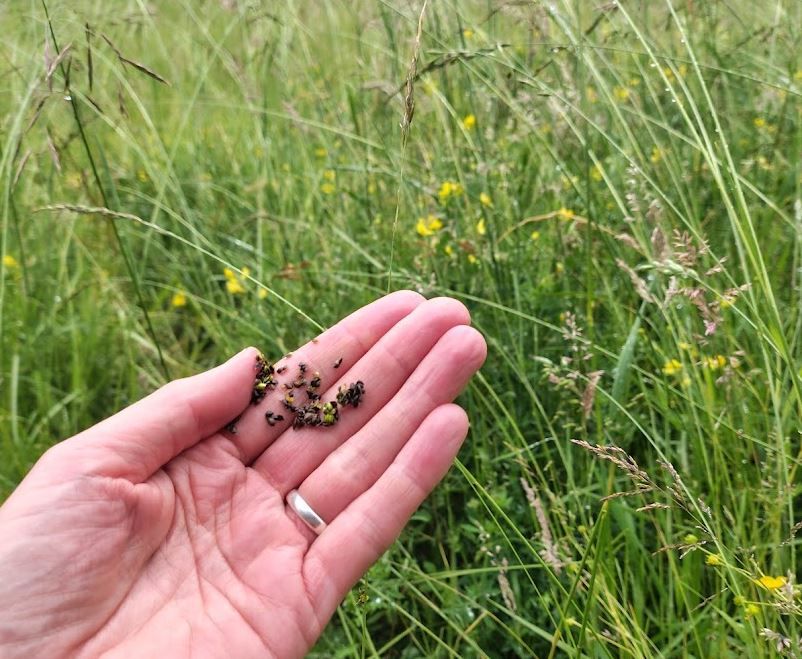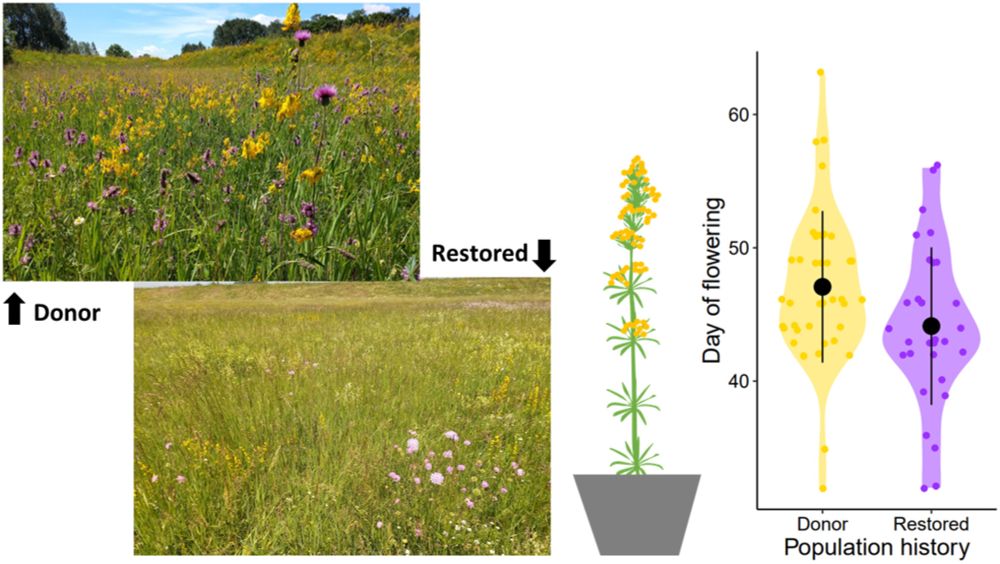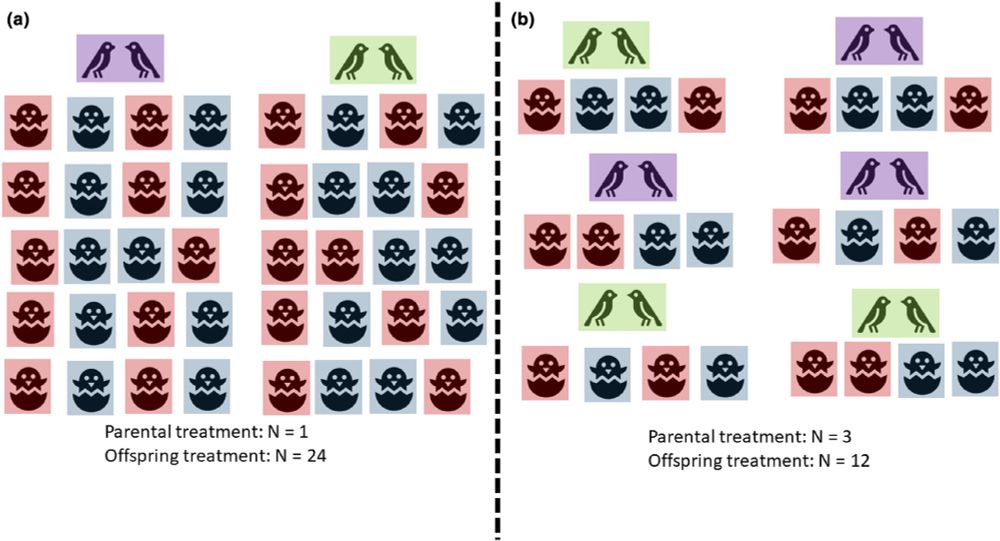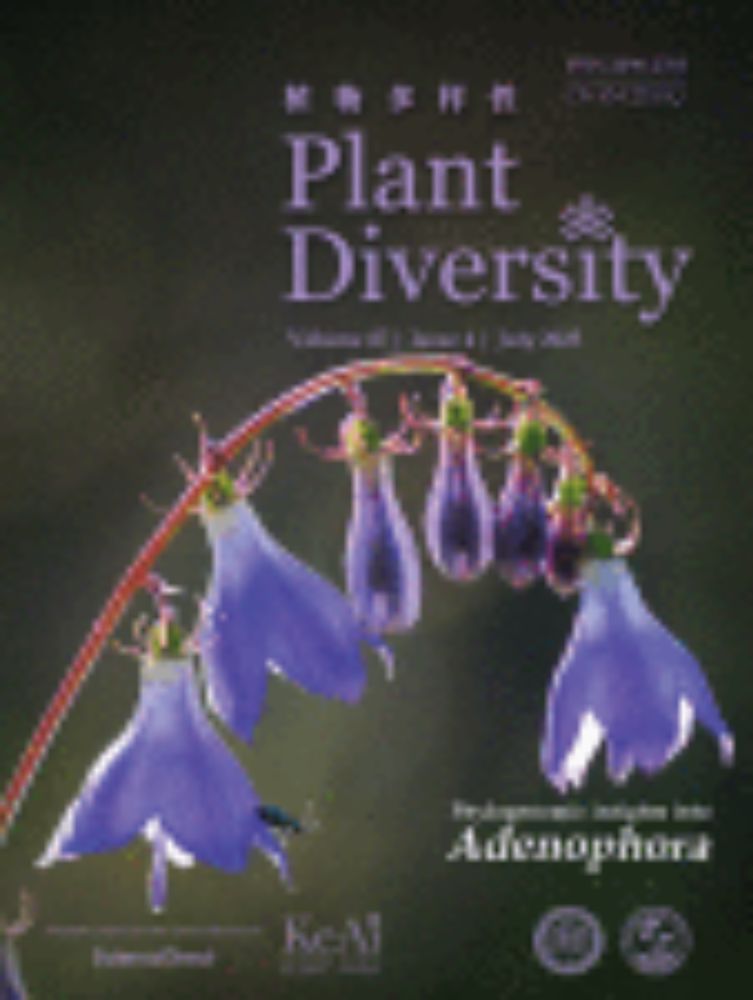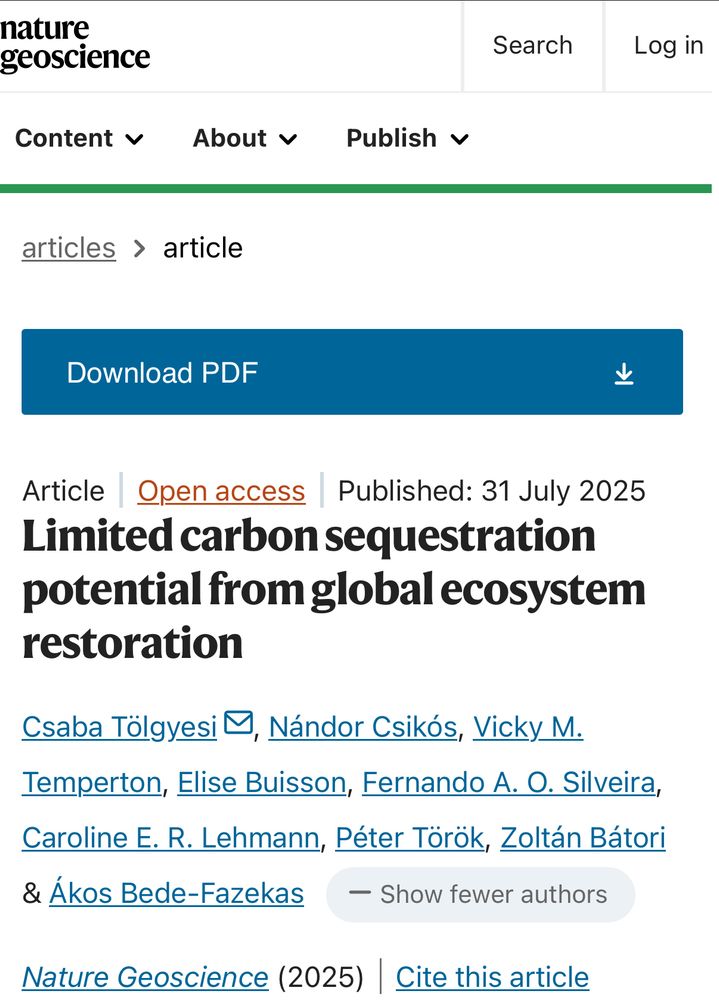Anna Bucharova
@annabucharova.bsky.social
1.6K followers
97 following
28 posts
Conservation Biology Prof at the University Marburg, Germany.
Restoration ecology, rapid adaptation, botany
Mom of 2
Posts
Media
Videos
Starter Packs
Pinned
Reposted by Anna Bucharova
Reposted by Anna Bucharova
Margaret Evans
@mekevans.bsky.social
· Jul 31

Reconsidering space-for-time substitution in climate change ecology - Nature Climate Change
Ecologists often leverage patterns observed across spatial climate gradients to predict the impacts of climate change (space-for-time substitution). We highlight evidence that this can be misleading n...
www.nature.com
Reposted by Anna Bucharova
Reposted by Anna Bucharova
Reposted by Anna Bucharova
Reposted by Anna Bucharova
Reposted by Anna Bucharova
Reposted by Anna Bucharova
Reposted by Anna Bucharova
Reposted by Anna Bucharova
Reposted by Anna Bucharova
Reposted by Anna Bucharova

